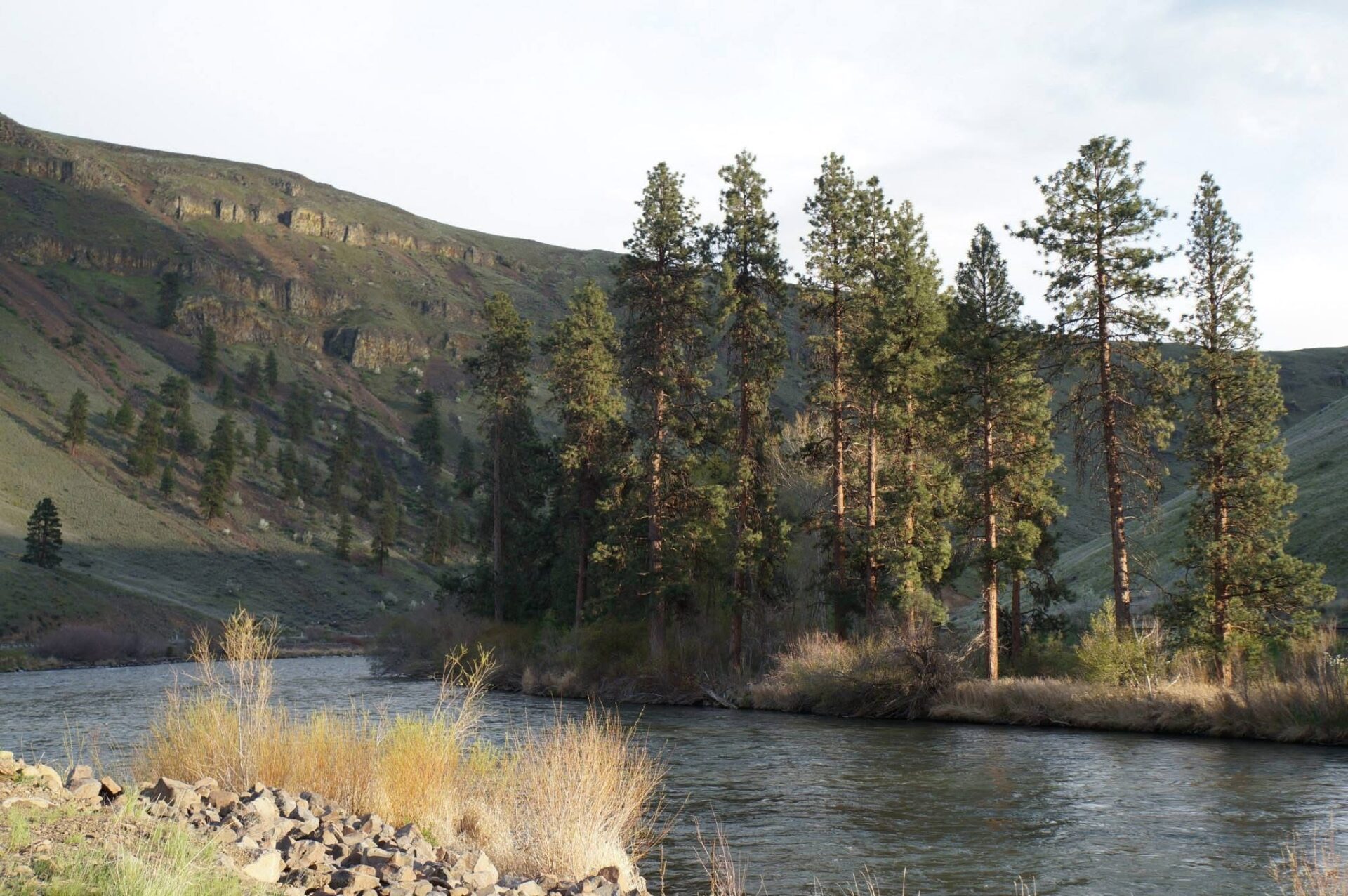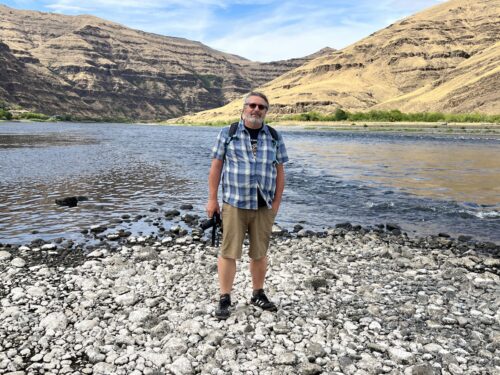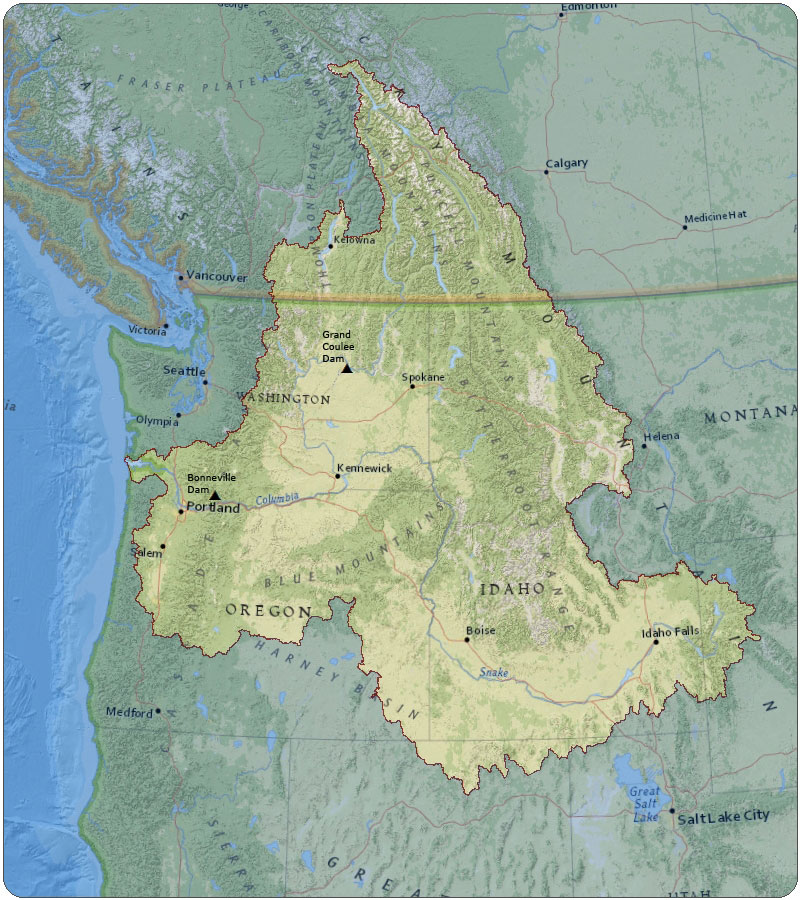Cle Elum Reservoir, Upper Yakima Basin, October 2025 - Photo: Chris Wilke/CELP By Stephanie Hartsig,…

Fish Hatchery Polluting Icicle Creek at Center of Court Ruling
Background
Icicle Creek flows out of the Alpine Lakes Wilderness through the Bavarian-themed town of Leavenworth, Washington, and supports important fisheries including endangered Chinook salmon and threatened steelhead. The Leavenworth National Hatchery was first constructed between 1939 and 1941 as a mitigation project for Grand Coulee dam. It is located on the banks of Icicle Creek approximately three miles from the confluence with the Wenatchee River. The hatchery has a long history of violating state and federal environmental laws, operating without a valid permit for 37 years despite repeated attempts to bring it into compliance to protect Icicle Creek.
We believe State and Federal government facilities should be a positive example of environmental stewardship for the rest of the community. Unfortunately, this hatchery is not a good neighbor and has set a poor example. It is in fact the largest polluter of Icicle Creek.
— Kurt Beardslee, Director of Wild Fish Conservancy
Pollutants released from the US Fish and Wildlife Service Leavenworth National Hatchery to Icicle Creek include disease control chemicals, pathogens, nitrogen, phosphorus, antibiotics, disinfectants, residual chemical reagents, salts, and chlorinated water. The excess phosphorus discharged by the Hatchery has caused violations of the applicable water quality criterion for pH in lower Icicle Creek. This phosphorus loading also contributes to violations of water quality standards in the Wenatchee River.
The Clean Water Act is the main mechanism through which pollution of our waters is prevented, and the Hatchery is obligated to apply for a permit and to operate according to its conditions.
A National Pollutant Discharge Elimination System (NPDES) permit is required by the Federal Clean Water Act (CWA) and would place limits on pollutant discharges. States, using “401 certifications,” can compel the federal government to protect state waters. On July 28, 2017, the Washington Department of Ecology issued a draft Clean Water Act section 401 certification for a new permit. State certifications must include appropriate limitations and monitoring requirements to assure that the applicant for the Federal permit (USFWS) will comply with applicable effluent limits, prohibitions, standards of performance and appropriate requirements of state law. On November 22, 2017 both a new federal permit and state 401 certification were issued.
Appeal Filed
In December 2017, CELP and Wild Fish Conservancy appealed the state’s certification under Section 401 of the Clean Water Act. USFWS asked the Pollution Control Hearing Board (PCHB) to dismiss the appeal, arguing that state water quality certifications are not independently enforceable and cannot be effectively modified after a federal permit is issued, and therefore the challenge to the state certification was moot.
A Victory for Clean Water
This decision is a victory for protecting Washington’s waters. It affirms the State’s ability under the Clean Water Act to place meaningful conditions on a water user even where a Federal permit has been issued.
— Dan Von Seggern, CELP Staff Attorney
On May 14. 2018 the Washington PCHB ruled against the U.S. Fish and Wildlife Service, operator of the Leavenworth National Fish Hatchery, and in favor of Icicle Creek advocates CELP and Wild Fish Conservancy. The PCHB concluded that state-issued Section 401 certifications are tailored to protect water quality in every state water body and are independently enforceable.
2.
Fish Hatchery Polluting Icicle Creek at Center of Court Ruling



